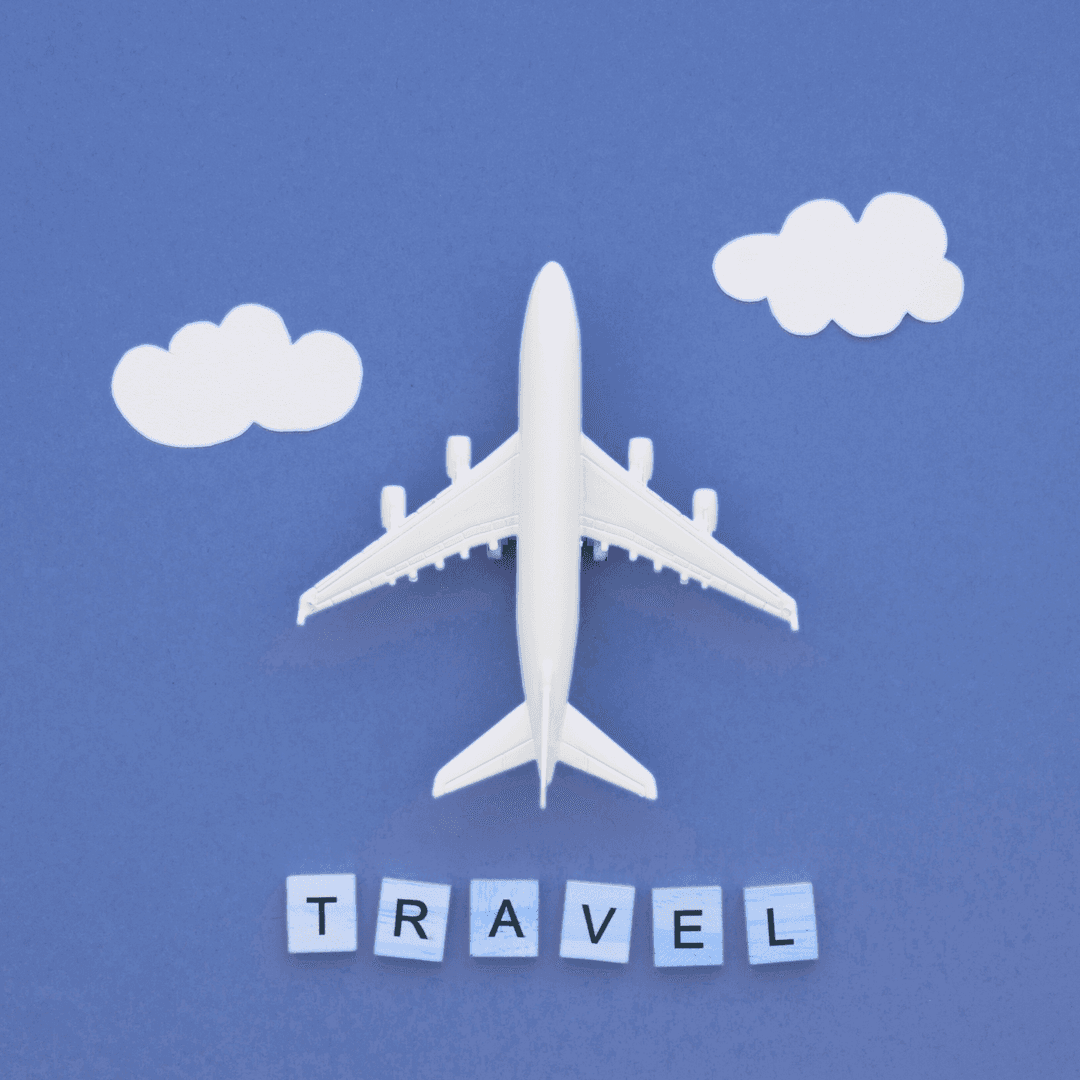
✈️ Flying Through Turbulence: What You Need to Know 🌪️

Is Turbulence Dangerous? Here’s the Truth!
Let’s be real—turbulence can be terrifying 😨. One minute you're sipping your coffee ☕, and the next, your stomach drops like you're on a roller coaster! But is it actually dangerous? Spoiler alert: Not really!
Turbulence is totally normal and just a part of flying. Ever felt a little bump while driving over a speed bump? 🚗💨 That’s exactly what turbulence is—just air bumps instead of road bumps! Planes are designed to handle it like a pro. ✈️💪 In fact, pilots handle it all the time—it’s like bumps on a road but in the sky! So, before you grip your armrest for dear life, let’s break it all down.

🌍 What Causes Turbulence?
Turbulence happens when air moves unpredictably, but it has different causes:
🔹 Clear-Air Turbulence (CAT) – The sneaky, invisible kind pilots can’t always see 👀.
🔹 Weather Turbulence – Caused by storms, wind, and jet streams 🌪️.
🔹 Mountain Wave Turbulence – When air flows over mountains and creates “waves” 🏔️.
🔹 Wake Turbulence – The effects of big planes cutting through the air ✈️💨.

🛑 Can Turbulence Cause a Plane to Crash?
Nope! Commercial planes are built to withstand extreme turbulence 💪. Pilots are highly trained to navigate through it safely, and modern aircraft are designed to handle even the strongest air movements.
💡 Fun Fact:
Airplanes are tested to endure forces much stronger than anything turbulence can throw at them! That means your plane is stronger than you think! 💯

🚀 How Do Pilots Handle Turbulence?
Pilots don’t just sit back and hope for the best—they actively manage turbulence to keep your flight smooth:
- Adjusting altitude to find smoother air
- Communicating with air traffic control for turbulence reports
- Slowing down the plane when necessary
- Keeping you updated so you feel at ease 🧘♂️

💺 How to Stay Calm During Turbulence
Feeling anxious? Here’s how to chill out and enjoy your flight:
- Buckle up – Your seatbelt is your best friend 🛑.
- Focus on distractions – Listen to music 🎧, watch a movie 🍿, or chat with a friend.
- Breathe – Deep breaths help calm your nerves 😌.
- Trust the experts – Pilots handle this every single day.
- Choose the right seat – Sitting over the wings = less turbulence 🌊.

🌎 Where in the World is Turbulence Most Common?
Certain areas tend to have more turbulence than others:
- The Rocky Mountains & Andes – Mountain turbulence galore 🏔️.
- Over the Atlantic & Pacific Oceans – Jet streams cause bumpy rides 🌊.
- Near the Equator – Tropical storms and thunderstorms are common 🌩️.
- Flying into NYC, LA, or London? – Big cities = busy air traffic = more bumps! 🌍.

🧘♂️ Turbulence Anxiety Toolkit: Stay Calm in the Sky
- “Airplane Mode” Mindset – Shift your focus to in-flight entertainment 🎬.
- Breathing Hack – Try the 4-7-8 method to instantly relax 😌.
- Turbulence-Proof Playlists – Soothing music & podcasts 🎧.
- Trust the Science – Planes are designed to withstand crazy turbulence 💪.
- Best Time to Fly for Smooth Air – Mornings = less turbulence! ☀️

Popular FAQs & Fun Facts
❓ Is turbulence worse at night?
- Not necessarily! Pilots actually prefer night flights since there's usually less air traffic and storms are easier to predict 🌙.
❓ What’s the worst turbulence ever recorded?
- Some flights have experienced extreme turbulence, but modern aviation safety ensures passengers are always secure 🛬.
❓ Are some planes better at handling turbulence?
- Yes! Larger aircraft like the Boeing 777 or Airbus A380 tend to feel less turbulence because of their size 🛫.
✈️ Fun Facts About Turbulence
- Turbulence is getting worse due to climate change 🌍.
- Pilots train for turbulence like pro athletes train for competition 🎮.
- The Boeing 777 is one of the smoothest planes in turbulence 🛫.
- A plane can fly perfectly fine even in extreme turbulence 🚀.









